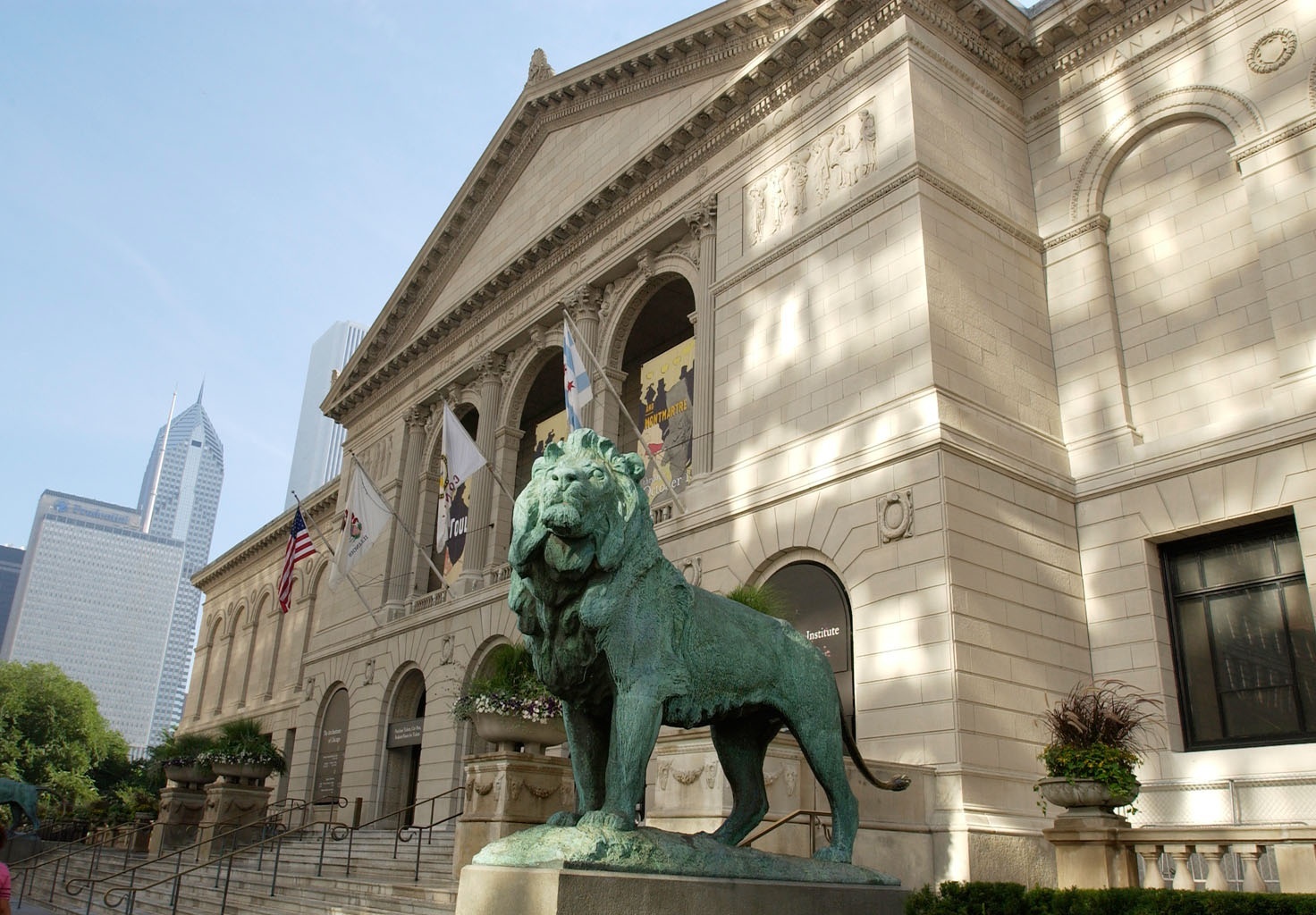Mar 4 2021 - Jun 13 2021
Chicago, IL
The prints designed by Japanese artist Itō Shinsui (1898–1972) feature traditional subjects, bold colors, and realism that went beyond 19th-century norms, a combination that achieved remarkable commercial success.
In his homeland his reputation rested upon his paintings, but Shinsui’s technically accomplished prints were more popular overseas, which encouraged him to design works specifically for foreign audiences.
Shinsui was born in Tokyo to a relatively wealthy merchant family. When he was around nine years old, however, his father’s business failed, and Shinsui left school to work at a printing factory. He later entered the studio of Kaburagi Kiyotaka (1878–1972), who was trained in the tradition of the Utagawa School, known for their depictions of beautiful women and Kabuki actors. Shinsui’s talent and self-discipline earned him a prize in the first exhibition he participated in, at age 14.
In June 1915 one of his paintings was displayed at a shop and caught the eye of the publisher Watanabe Shōzaburō (1885–1962), who asked Shinsui to collaborate on a print version. The result was Before the Mirror (1916)—the start of a long and fruitful collaboration. Shinsui and Watanabe worked together until 1960 and produced the 63 bijin-ga (depictions of beautiful women) that are Shinsui’s most enduring legacy. They also produced several dozen landscapes, and the earliest of these series, Eight Views of Ōmi (Ōmi hakkei), is included in this exhibition.
Credit: Exhibition overview from museum website
Exhibition Venues & Dates
Mar 4 2021 - Jun 13 2021
Chicago, IL
